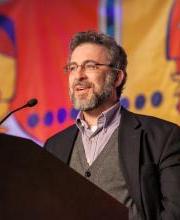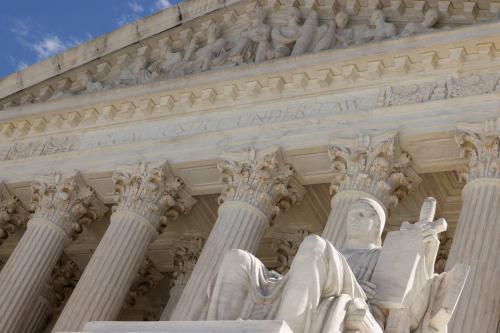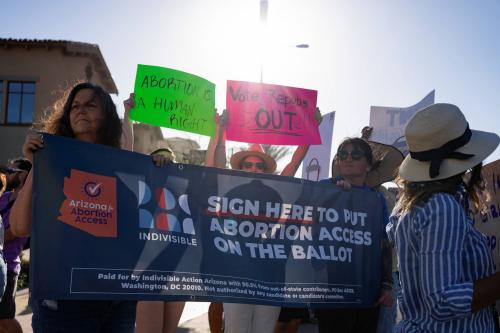

9:00 am EST - 12:00 pm EST
Past Event
9:00 am - 12:00 pm EST
1775 Massachusetts Ave., NW
Washington, DC
The drawing of legislative district boundaries is among the most self-interested and least transparent systems in American democratic governance. All too often, formal redistricting authorities maintain their control by imposing high barriers to transparency and to public participation in the process. Reform advocates believe that opening that process to the public could lead to different outcomes and better representation.
On January 20, Brookings hosted a briefing to review how redistricting in the 50 states will unfold in the months ahead and present a number of state-based initiatives designed to increase transparency and public participation in redistricting. Brookings Nonresident Senior Fellows Micah Altman and Michael McDonald unveiled open source mapping software which enables users to create and submit their own plans, based on current census and historical election data, to redistricting authorities and to disseminate them widely. Such alternative public maps could offer viable input to the formal redistricting process.
After each presentation, participants took audience questions.
Learn more about Michael McDonald’s Public Mapping Project »


Elaine Kamarck, Jordan Muchnick
April 19, 2024

Russell Wheeler
April 18, 2024

Elaine Kamarck
April 17, 2024